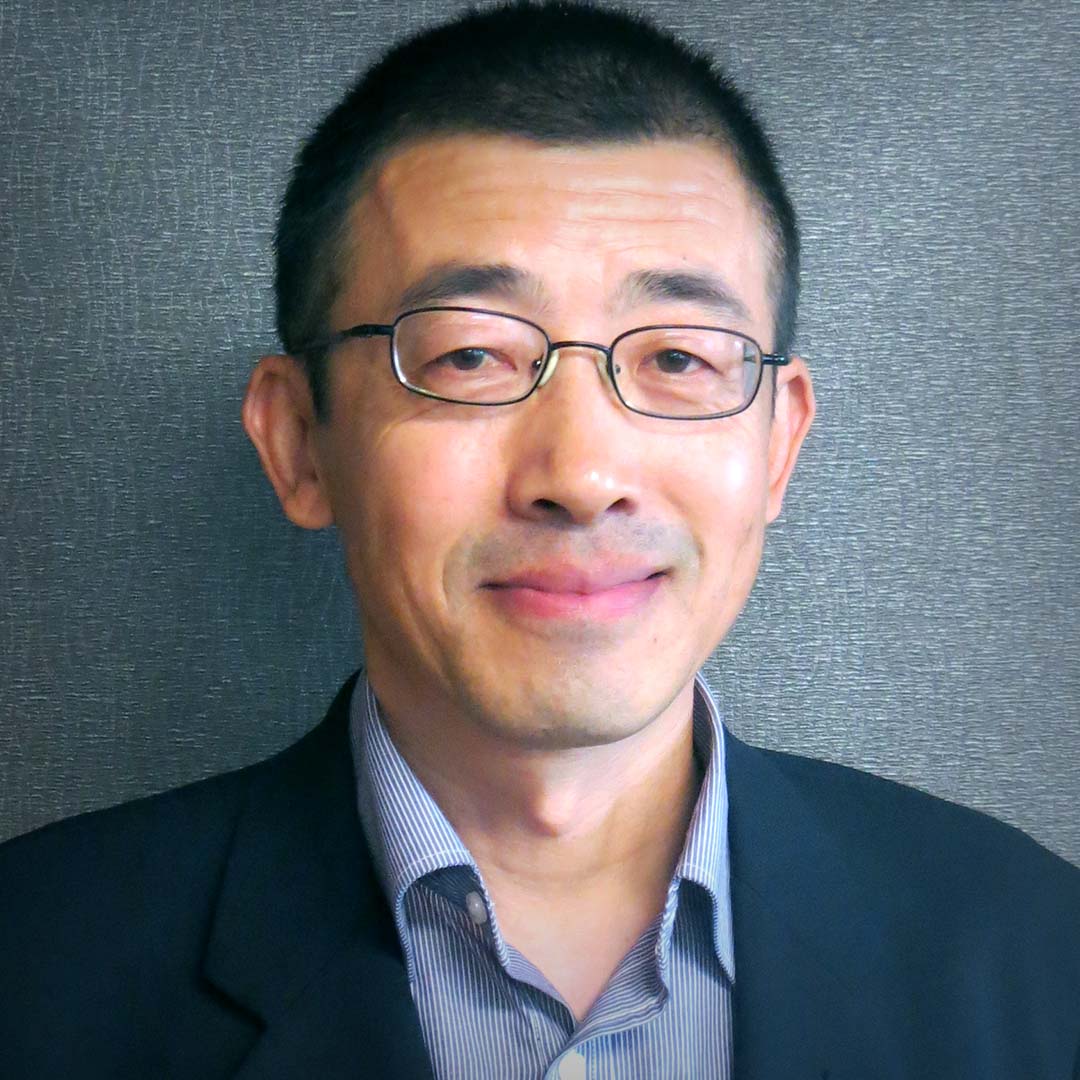DSU Faculty research drives advances in AI, Quantum
January 29, 2024
Dakota State faculty are leaders in emerging fields like artificial intelligence and quantum.
Through professional publications and outreach with research labs, the experts at Dakota State demonstrate the important ways they can positively impact this rising technology in society.
Dr. David Zeng is the Director of the Center for Business Analytics Research (CBAR) in the Madison Cyber Labs and an Associate Professor in the College of Business & Information Systems.
“In the rapidly evolving landscape of investment, data is king,” Zeng said.
As CBAR works with industry, government, and academic partners to provide outreach services to clients around the state, their mission is to demystify the complexities of financial data for their investment firm clients, he said.
“We are dedicated to developing web-based data dashboards and exploring the potential of generative AI models for creating investor-oriented content.

These projects involve a multidisciplinary team of talented graduate students and seasoned researchers. This experience is invaluable for the students. Zeng shared about a former graduate student working as a research assistant at CBAR. When the student received an employment offer from a financial company in Sioux Falls, he told Zeng, "The skills I developed working for the CBAR project are exactly what the company is looking for, so the experience working under CBAR is the reason I got this job."
Current activities involve real-time data dashboards, deployment as web apps, and generative AI for content creation. These endeavors are promising, but have challenges, such as the integrity and security of financial data, and the accuracy and unbiased nature of AI-generated content. To address these, CBAR has implemented stringent data encryption and anonymization protocols to safeguard information, and is establishing oversight mechanisms involving automated checks, domain specific fine-tuning, and human verification.
Future projects will look at predictive analytics integration, personalization through AI, expanding content generation, and collaboration with FinTech innovators.
“We are at the exciting confluence of data science, web technology, and artificial intelligence, continuously pushing the boundaries of what's possible. As we look to the future, we remain committed to delivering tools and insights that will shape the next generation of investment strategies,” Zeng said.
Dr. Varghese Mathew Vaidyan is also researching AI, and recently published an article titled “Hybrid Quantum Artificial Intelligence Electromagnetic Spectrum Analysis Framework for Transportation System Security” in the Journal of Hardware Systems and Security. He is Assistant Professor in The Beacom College of Computer & Cyber Sciences, Director of the PATRIOT Lab the Madison Cyber Labs.
The idea for this research resulted from the challenges and opportunities presented by cybersecurity perspectives with the integration of connected vehicle (CV) technology in traffic signal control (TCS) systems.
“Our study revealed a critical cybersecurity gap in TSC systems,” Vaidyan said.
To address this, “we developed a comprehensive electromagnetic analysis approach by constructing a monitoring framework based on hybrid quantum-classical architectures to analyze electromagnetic spectra.”
As with all research, it generates additional questions that build into more research. “This project lays the groundwork for several potential avenues of continued work. One promising direction could involve further exploration into the implementation of the proposed air-gapped electromagnetic hybrid quantum-classical monitoring framework in real-world traffic signals, conducting extensive simulations, and collaborating with industry partners to validate its effectiveness.”
This research is timely, given the proposed Center for Quantum Information Science & Technology (C-QIST) between Dakota State, SD Mines, USD, and SDSU.
This presents “exciting opportunities for both my professional development and the enriching experience of our students,” he said, by aligning the current trajectory of advancements in technology and research, and providing a unique opportunity to engage with cutting-edge developments in quantum computing.
Also, the collaborative and interdisciplinary nature of quantum research often fosters an environment conducive to networking with experts in the field.
